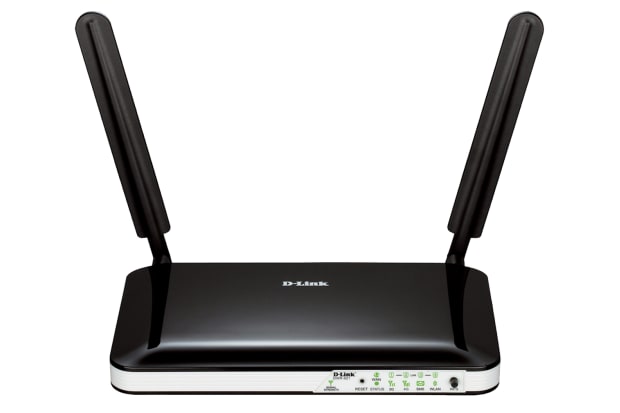- Published Feb 10, 2023
- Last Modified Aug 29, 2023
- 12 min
An Introductory Guide to the IIoT
Discover more about the Industrial Internet of Things, including its uses and benefits, in our introductory guide.

In this introductory guide, we will be examining the Industrial Internet of Things (IIoT). We will explain what the IIoT actually is, how it impacts industrial technology and the benefits and challenges behind this very recent technology revolution.
What is the Internet of Things?
The Internet of Things (IoT) is a term that many of us will have heard - but what exactly does it mean? In short, IoT is a broad term used to refer to all devices which are connected to the internet beyond the familiar mix of PCs, laptops, phones and tablets. It was first used to describe digitally-connected devices and products in the consumer space.
What is the IIoT?
So, what is the Industrial Internet of Things? Simply put, IIoT takes the concept of networking devices and connecting them to the internet to share data – locally or remotely – in factories, industrial processes and industrial buildings. Sensors collect the information, which is consolidated via a gateway to the local network, then onwards through an edge controller to the internet or the cloud – data servers within large data centres.
IIoT vs IoT
The key difference between IoT and IIoT lies in the application. Instead of wearable fitness trackers and voice control, the Industrial IoT centres around the real-time collection and analysis of granular data from connected sensors, enabling rapid improvements to efficiency and productivity, instantaneous stock control and significant cost savings.
Direct, automatic control of a device by computer is sometimes referred to as a cyber-physical system.
The Industrial IoT is based on an established approach to computer-controlled manufacturing: the ‘distributed control system’. These control functions are assigned across the network and multiple autonomous devices are interconnected, each able to adjust and optimise their own section of the manufacturing line without a central control system and the associated risk of a single point of failure. The IIoT takes advantage of modern cloud computing to allow data sharing, visualisation and analysis – all in near real-time.
The Industrial Internet of Things has grown into a huge sector in just a few short decades. More than 60 per cent of global manufacturers now use IIoT technologies for optimisation and analysis, and manufacturers are expected to spend as much as $70 billion on IIoT solutions in 2020.
What is the Difference Between Industry 4.0 and the Internet of Things?
You may also have heard the term Industry 4.0 in relation to the IoT. Although the terms are sometimes used interchangeably, they are not synonymous with one another. This is because the IoT and IIoT are in fact subsets of Industry 4.0.
Industry 4.0 is a broader term which encompasses the accelerating use of - and benefits derived from - all the advanced automation technologies now available to industry and smart manufacturing, including:
- Machine-to-Machine (M2M) communication
- Autonomous systems implementation
- Seamless cloud computing
- Artificial intelligence and related ‘cognitive’ technologies such as image recognition
The History of the IoT and Industry 4.0
The Internet of Things may seem like a very modern concept but some of the core Industry 4.0 technologies date back as far as the 1960s. The programmable logic controller (PLC) - effectively an early industrial computer - was invented in 1968 and designed to finetune the manufacturing process. The first distributed control systems for industrial settings appeared in the 1970s, sparking the gradual supplementation of manual labour with automation within factories.
The Internet of Things as we know it today first came into focus during the following decade. However, it was not until the early 2000s that the IoT first began to move out of university laboratories and into purchasable products. This growth was accelerated by the development of enabling technologies like Bluetooth, near field communication (NFC), and 4G/5G cellular networks.
Further developments followed in the 2000s, including the creation of the now-ubiquitous cloud computing technologies which accelerated the evolution of the IIoT.
Who Coined the Term IIoT and Industry 4.0?
We know where the Internet of Things originally came from, but it is trickier to pinpoint who coined IIoT.
The term ‘Industry 4.0’ was coined as recently as 2011 by the German government to encourage the use of information technology in manufacturing. It was intended to suggest that modern automation and data sharing technology is equal in significance to three previous industrial revolutions, namely:
- The development of steam and water-powered manufacturing technology in the latter half of the 18th and first half of the 19th-Century
- Widespread electrification, alongside the spread of the railways in the latter half of the 19th-Century, enabling multiple technological and industrial developments. The telephone, the automobile, photography and motion pictures all appeared between approximately 1870 and the beginning of World War One
- The digital revolution - i.e. the creation of modern IT in the second half of the 20th-Century
We may not know who coined the term ‘Industrial Internet of Things’ for certain, but the name ‘Industry 4.0’ makes logical sense and helps to boost understanding of the meaning behind the concept.
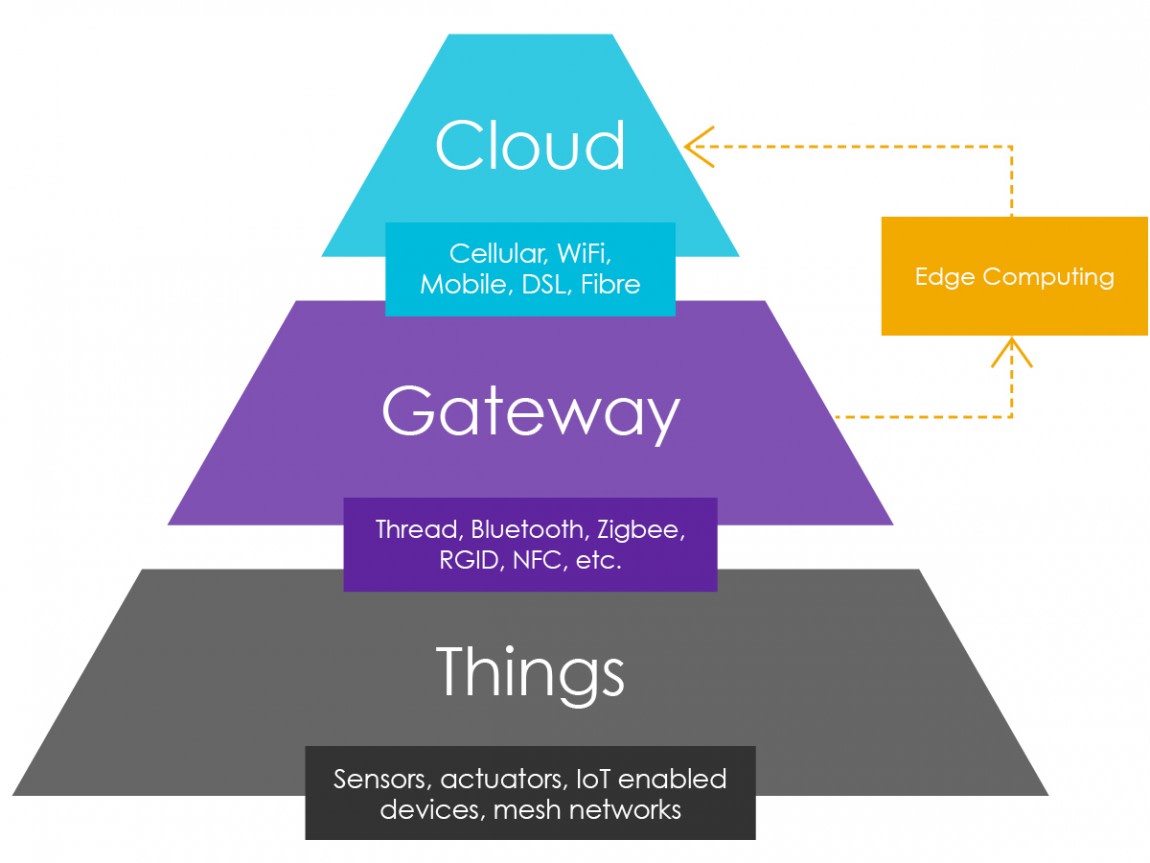
What is the Industrial Internet of Things Used for Now?
Industry 4.0 can bring a wide range of benefits to a broad spectrum of industries and sectors.
Just a few IIoT applications and examples include:
- Smart factories
- Supply chain and inventory optimisation
- Data analytics
- Smart buildings
- Condition monitoring
In order to understand how IoT will impact different industries in the future, it is important to understand how the manufacturing industry is using IIoT now. Of course, though, manufacturing is not the only sector which can benefit from Industry 4.0. It’s also clear to see how IoT is transforming the energy industry and the retail industry with connected devices and smart systems.
The Effects and Benefits of the IIoT in Manufacturing
So, what benefits does the Industrial Internet of Things bring to manufacturing? Let’s take a look at a few examples of how the manufacturing industry is using IIoT:
- Optimising the manufacturing line: Industrial IoT sensors enable continuous monitoring of the production line from start to finished product. This enables operators to continuously fine-tune the manufacturing process, saving both time and money
- Inventory and supply chain management: manufacturing stands or falls on the supply of raw materials and components. RFID (radio frequency identification) tags and similar technologies allow components and supplies to be tracked continuously, in real-time, from location to location, providing continuous monitoring of inventory and compensatory adjustments
- Packaging assessment: Industrial IoT sensors allow manufacturers to monitor the condition of packaging during transit and storage and even assess how customers typically interact with it, enabling improvements to design
- Real-time manufacturing data: IIoT devices can supply real-time operational data to suppliers, enabling responsive adjustments and also allowing the remote management of factory units
- Maintenance data: Industrial Internet of Things devices can issue alerts when faults occur and maintenance is required. Similar alerts can be issued in response to operating issues, such as higher-than-recommended operating temperatures or excessive vibration, which could indicate an impending hardware failure. These alerts provide clear advantages in allowing maintenance to be scheduled in advance, minimising downtime and lessening the risk of accidents. Such data can be combined with health and safety records to make a significant improvement to overall safety
- Quality control: IIoT data from multiple sources, including suppliers, manufacturing processes and end-users, can all be combined to enable overall improvements to the design and production of products
What are the Challenges of Industry 4.0?
This is a complex question to which there is no easy answer.
At its broadest, Industry 4.0 is a configuration of multiple networking technologies, so the biggest challenges focus on the maintenance of strong and secure inter-device connections. This is achieved via:
- Selection of robust, fit-for-purpose networks – either wireless or wired
- Adopting protocols which promote inter-operability e.g. OPC UA
- Maintaining vigilance about network security in order to ward off any cyber threats
As a result, the principle challenges of the IIoT similarly revolve around data storage and digital security, alongside the additional technological requirements posed by the constant need for uninterrupted device connectivity. It is also important to understand what the security considerations and challenges in adopting the IIoT are in order to ensure a smooth, efficient period of implementation.
So, what are the risks associated with IIoT?
As with all aspects of the digital environment, cybersecurity is crucial when it comes to the Industrial Internet of Things. Many consider the primary risk associated with IIoT to be related to online security, yet the reality is that security issues are rare. Taking precautions, practising cybersecurity, and maintaining a well-safeguarded system are the keys to avoiding the risks associated with IIoT while making the most of the benefits of a connected system.
With that in mind, it’s important to keep abreast of the latest technologies and updates in order to stay prepared and protected as the Industrial Internet of Things continues to evolve over time.
What is the Future of the IIoT?
Both the Internet of Things and the Industrial Internet of Things are constantly evolving. As new technologies become available and businesses become increasingly interested in the benefits of IIoT, more and more possibilities are opened up. This also brings numerous predictions about where the Internet of Things is heading in the future.
While it’s hard to know exactly what the future of IIoT holds, digital connectivity has the potential to change the nature of industry and impact business around the world.
IIoT Networks and Protocols
Like any other information technology, the Industrial IoT uses a variety of protocols (data communication formats) and network types. As a result, it’s important to get clarity on each if you plan to create an IIoT infrastructure for your manufacturing premises.
IIoT Networks
IIoT devices can use different networking solutions depending on a number of factors, including their distance from each other, the amount of data they need to exchange, the location they will be used within, or power consumption considerations.
The list of IIoT suitable networks is expanding all the time, but key examples include:

Wi-Fi
This wireless networking technology has become very familiar to most of us since it became the standard method for connecting PCs, smartphones and tablets to the internet. It is a derivative of the established wired ethernet network and is based on the IEEE (Institute of Electrical and Electronic Engineers) 802.11 wireless standard.
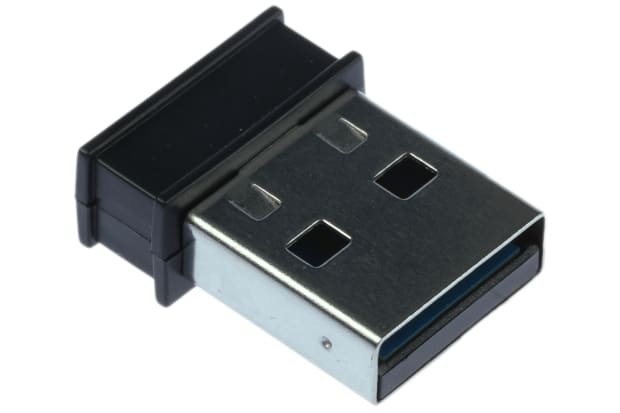
Bluetooth
Also widely used in consumer technology, Bluetooth is a short-range connection standard based on the use of ultra-high frequency radio waves.
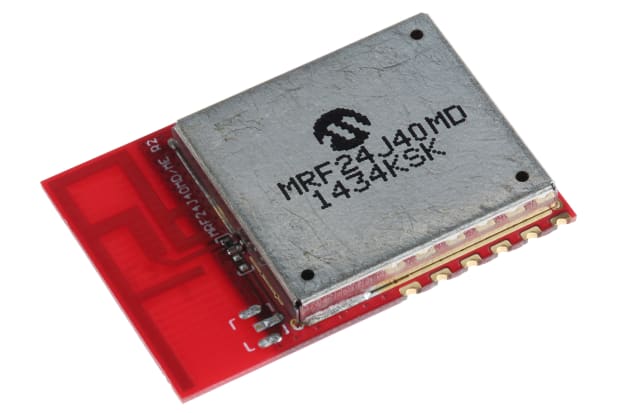
Zigbee 3.0
Zigbee 3.0 is a lower power network widely used in industrial and factory settings. The related protocol Dotdot was created by the same team and this has become an internationally accepted, universal method of secure connection between different Internet of Things devices.
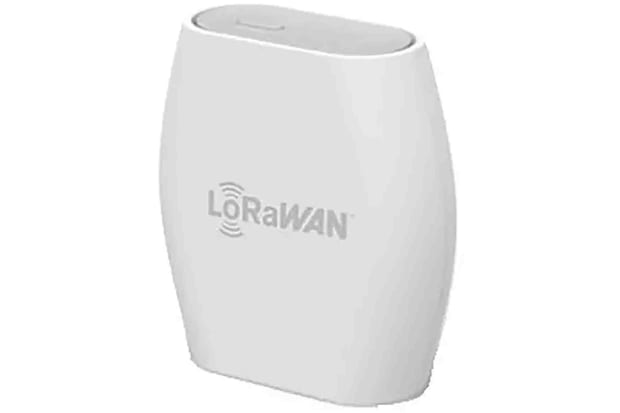
LoRaWAN
LoRaWAN (Long Range Wide Area Network) provides two-way secure connections across very large networks.
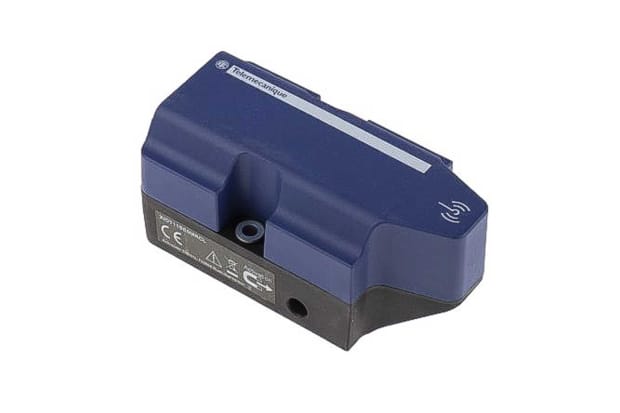
Sigfox
Developed in France, Sigfox connects low power, always-on objects like electricity meters and smartwatches, allowing them to continuously exchange small quantities of data.
IIoT Data Protocols
- MQTT (Message Queue Telemetry Transport) is a lightweight, low power protocol used to transmit simple data sets between sensors and applications. It sits on top of the standard internet networking system TCP/IP (Transmission Control Protocol/ Internet Protocol)
- AMQP (Advanced Message Queuing Protocol) is an international standard focused on the transmission of messages between devices. It is approved as an international standard
- OPC UA (OPC Unified Architecture) is an open machine-to-machine communication protocol supporting cross-platform industrial automation data sharing and robust interoperability of systems
FAQs
Can the IIoT Replace MES?
An MES (manufacturing execution system) is a well-established hardware-based control system for complex manufacturing processes, which is typically used to ensure efficiency and improve productivity. However, it is an inward-facing system which lacks the cloud-based analytics and external networking functions of the IIoT. The latter is, therefore, best thought of as a lightweight and less costly extension of the traditional MES rather than as a substitute for it.
Why is IIoT Important for Engineers and Scientists?
The IIoT allows detailed analyses of data gathered from multiple stages in the manufacturing process. In turn, this enables continuous optimisation and improvements to the system.
How Does IIoT Work?
An IIoT network consists of multiple sensors connected via various wireless protocols in order to exchange data with the cloud and with each other. The basic structure of an IIoT network is as follows:
- The sensor-equipped devices and hardware, each connected to the local network
- The local network itself, each is connected to the cloud or internet in turn
- Cloud-connected servers which receive and process the continuing stream of data from your devices - for example, operating temperature, vibration, and power consumption. This ‘little data’ consolidates over time into large quantities which can be analysed for deep insights into your operations
What is the Difference Between Industry 4.0 and Lean Manufacturing?
Lean manufacturing is a method of organising industrial systems to minimise waste and maximise productivity. Some of its key principles date back as far as the 18th-Century but lean manufacturing as it is currently understood was formulated within the Japanese automobile industry. Unlike the IIoT, it is not dependent on advanced technology but instead on the arrangement and distribution of job functions.
How Much Does It Cost to Implement an Industry 4.0 Solution?
There is no single answer to this question. The cost will depend on multiple factors, including the size and type of the manufacturing process you wish to optimise and the most suitable technologies for doing so.
How to Start Your IIoT Journey
Are you ready to begin your IIoT journey? Explore the related product ranges below and kick-start your industrial technology revolution.

